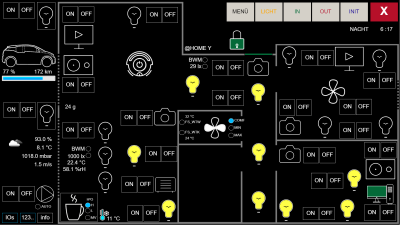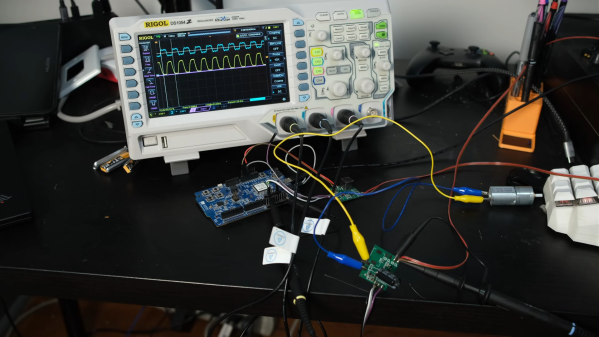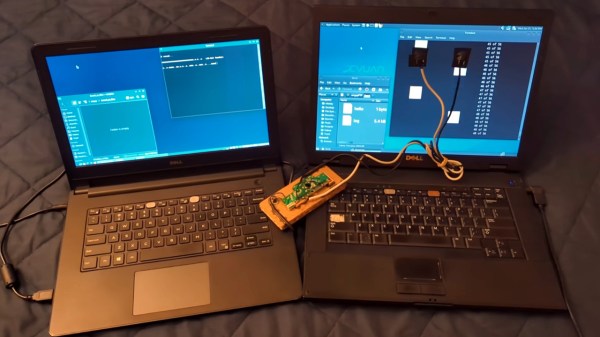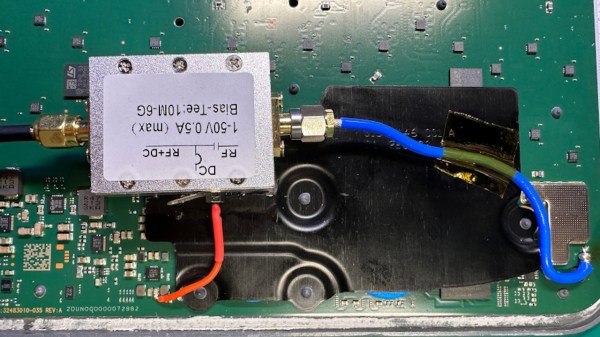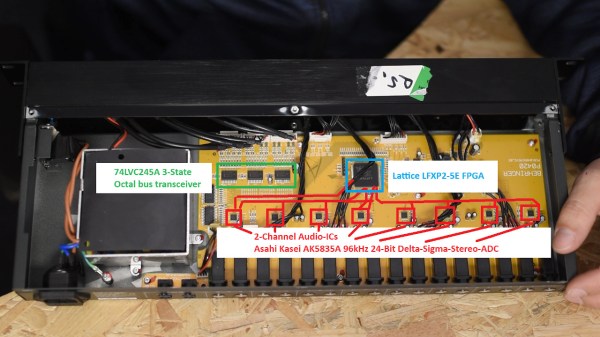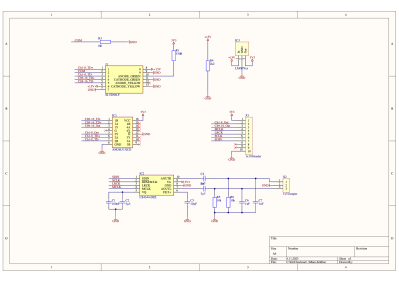Folks with a bit of knowledge about network security commonly use virtual private networks (VPNs) when out and about. Whether you’re connecting to public WiFi or somebody passes you a questionable Ethernet cable at a hacker con, it’s nice to have a secure endpoint to tunnel all of your traffic. As a secondary bonus, connecting through a VPN can obscure your physical location. It’s that second feature that has a bunch of people jumping on the VPN bandwagon as they try to dodge the recent porn age checks that have gone into effect in a number of states. According to a recent article in PopSci, one particular VPN provider saw a 275% jump in demand on the same day that PornHub cut off access to users in Texas. While the debate over underage users accessing adult content is far outside of our wheelhouse, anything that gets more users connecting to the Internet via encrypted means is arguably a net positive.
If you wanted somebody from the Geek Squad to set up that VPN so you can get back on PornHub to work securely from the local coffee shop, you might be out of luck. Reports have been coming in that Best Buy’s mobile nerd division is seeing sweeping layoffs. Geeks were told to stay home on Tuesday and await a call from corporate, at which point many got the surprising news that they no longer had a job. The /r/GeekSquad subreddit has been a rallying point for staff who got the axe, with the user [jaym026] posting what we assume is an AI-generated inspirational speech from Optimus Prime. Of course, it sucks for anyone to lose their job, especially with the way things are these days. Still, we’re willing to bet almost none of those affected will look back on the day they were let go from an increasingly irrelevant brick-and-mortar electronics store as a low point in their professional careers.



